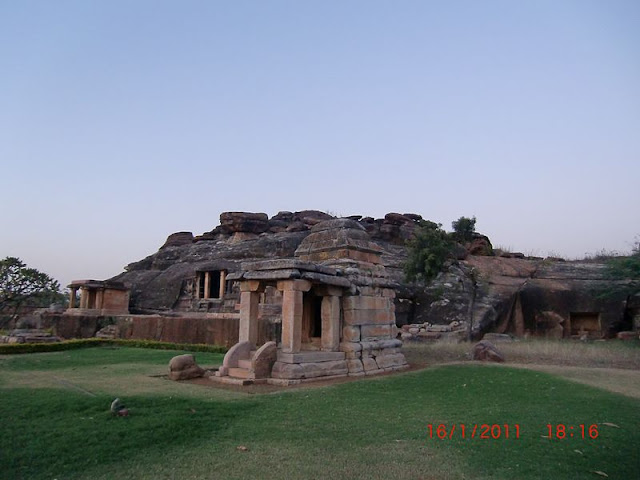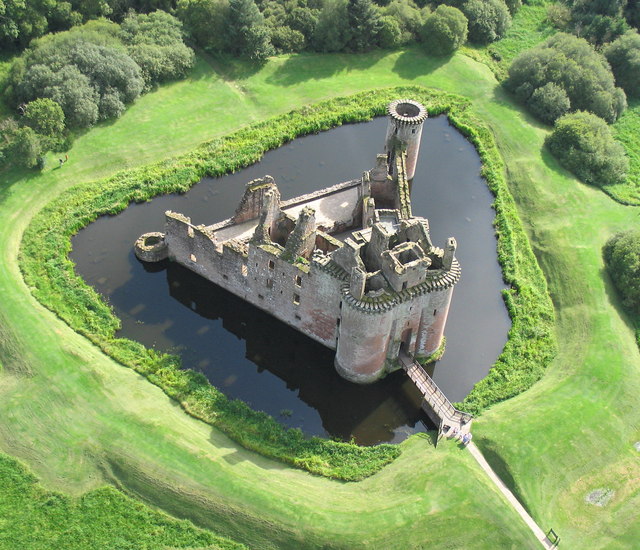talking about architecture domes have a significant place. Domes are structural elements of architecture and they resemble a hollow upper half of a sphere. One can also call a dome as an arch that is rotated around its central vertical axis. The tradition of constructing multiple domes first started when church architecture started in Russia.
There are various types of domes such as onion domes, corbel domes, oval domes, parabolic domes, polygonal domes, umbrella domes, and much more. Find out some of the most celebrated domes around the world. This is just a list of 10 most celebrated domes from a very huge list of domes. Domes are indeed one of the most famous tourist attractions in the world.
Pantheon, Rome, Italy
 |
| Pantheon, Largest unreinforced concrete dome in the world |
In Greek language, Pantheon means “to every god;” as the name suggests this was commissioned by Marcus Agrippa to all the gods of Ancient Rome, which was later completed by Emperor Hadrian around 126 AD. Pantheon in Rome is one of the most preserved Roman buildings.
This is a circular building with a granite portico and large Corinthian columns. There is a vestibule that links the porch and the rotunda (rotunda is any building that has a circular ground plan). Pantheon has a concrete dome and was built close to 2,000 years ago; this is still the largest unreinforced concrete dome in the world.
Suleymaniye Mosque, Istanbul, Turkey
 |
| Suleymaniye Mosque, the second largest mosque in the world Image source |
Suleymaniye Mosque is the second largest mosque in Istanbul; it took nearly 8 years to complete the construction. This mosque was built under the orders of Sultan Suleyman. This structure combines tall and slender minarets with large domed buildings that are supported by half domes.
Suleymaniye Mosque was designed as a kulliye, which means a complex where there are adjacent structures for both religious and cultural needs. Initially, this complex had hospital, a primary school, public bath, a roadside inn or a Caravanserai, Qur’an schools, school for learning hadith, medical college, and a public kitchen. Even though many of these structures are still in place, some of them have changed; the former imaret has been changed to a well-known restaurant and the hospital to a printing factory that is owned by the Turkish Army.
St. Basil’s Cathedral, Moscow, Russia
| Night view of "The Cathedral of the Protection of Most Holy Theotokos on the Moat" Image source |
St. Basil’s Cathedral is the popular name of “The Cathedral of the Protection of Most Holy Theotokos on the Moat;” this is a Russian orthodox church. This was originally called the “Trinity Church” or the “Trinity Cathedral.” There are a total of nine churches where the eight churches surround the ninth church that is in the middle in a symmetrical floor plan.
St. Basil’s Cathedral was erected on the Red Square of Moscow between the years 1555-61. The shape of the cathedral is a flame out of a bonfire rising into the sky. Many mislabel this as the Kremlindue to its close proximity. This cathedral is famous for its onion domes.
St. Peter’s Basilica, Rome, Italy
 |
| St. Peter's Basilica, the largest dome in the world - Wide angle view of the altar inside Image source |
The official name of St. Peter’s Basilica in Italian is “Basilica Papale di San Pietro in Vaticano.” This is Late Renaissance church that is located within the Vatican City and is one of the holiest Catholic sites. The construction of St. Peter’s Basilica started in the year 1506 and was completed in the year 1626.
The skyline of Rome is dominated by the central dome of St. Peter’s Basilica. The total height of the dome is 136.57 meters from the floor of the basilica to the top of the external cross making it the largest dome in the world.
Harmandir Sahib, Amritsar, India
 |
| Harmandir Sahib Image source |
The best-known or the popular name of Harmandir Sahib is the “Golden Temple.” It is a Sikh gurudwara and the construction began when Guru Ram Das (4th guru) was the guru; the construction got completed during the period when the guru was Guru Arjan Dev (5thguru).
It was during the 19th century, the upper floors were covered by gold by Maharaja Ranjit Singh who took over Punjab and protected it from outside attack. This is when Harmandir Sahib got its present name, “Golden Temple.”
Taj Mahal, Agra, India
| Taj Mahal, yellowish color during dusk. This monument is famous for its color changing properties as the day passes. Image source |
Taj Mahal was built by Shah Jahan, a Mughal Emperor in memory of his wife Mumtaz Mahal. The entire structure was constructed using white marble. Taj Mahal is considered as “the jewel of Muslim art in India and one of the universally admired masterpieces of the world's heritage.” Taj Mahal became a UNESCO World Heritage Site in the year 1983.
The shape of the main dome is onion; therefore, one of the best examples of onion domes. The height of the marble dome is 35 meters which is about the same length as the base; the height of the dome is highlighted by a lotus design.
St. Paul’s Cathedral, London, England
 |
| St. Paul's Cathedral - looking up at the dome, first ever triple dome constructed |
St. Paul’s Cathedral is the seat of Bishop of London; the present church was built during the late 17th century when a rebuilding program took place after the “Great Fire of London.” This was the tallest building in the London for close to 300 years with a total height of 365 feet.
The dome of St. Paul’s Cathedral is one of the world’s highest domes and the church is the second largest church building in the United Kingdom; the first one being the Liverpool Cathedral. There are totally three layers in the large crossing dome and is the first ever triple dome constructed. There are 12 bells, 3 clocks, and one bourdon and a communion.
Ericsson Globe, Stockholm, Sweden
 |
| Ericsson Globe, the largest hemispherical building in the world and the world's largest scale model of Solar System Image source |
Ericsson Globe was originally called as the “Stockholm Global Arena” and is currently the world’s largest hemispherical building. It is the national indoor arena of Sweden. The total volume of Ericsson Globe is 605,000 cubic meters. This indoor arena has another feather in its cap; it represents the Sun of the Sweden Solar System and is the largest scale model of Solar System in the world.
How it got its name as the Ericsson Globe? The naming rights of the building was officially acquired by Ericsson in the year 2009 and therefore became to be known as the “Ericsson Globe.” In the year 2010, a funicular railway was opened outside this indoor arena; each of these 2 gondolas can accommodate 16 people. This will take them to a height of 130 meters from where they get a unobstructed virtual view of entire Stockholm; one cannot see such an arrangement anywhere in the world.
Global Pagoda, Mumbai, India
 |
| Global Pagoda, the world's largest stone dome and the largest structure in the world that contains relics of Buddha Image source |
The Global Pagoda or the Global Vipassana Pagoda is one of the notable monuments of Mumbai and was inaugurated in the year 2009. This Pagoda was built in gratitude to Buddha and his teachings. The pagoda’s shape was copied from the Shwedagon Pagoda in Yangon.
This pagoda holds the world record for the largest stone dome built without any supporting pillars; the height of the dome is 29 meters. There are three sub-domes and each of these domes was constructed at different periods. Global Pagoda has one more crown; it is the largest structure in the world that contains relics of Buddha. The construction of the Global Pagoda is still on as they wish to incorporate a museum that will depict both the life as well as the teachings of the Great Gautama Buddha.
The Eden Project, Cornwall, United Kingdom
| Eden Project, a modern botanical garden |
Eden Project at Cornwall, United Kingdom is famous for its largest greenhouse in the world; it contains almost all plants of the world. There are two huge enclosures with adjoining domes. These domes consist of hundreds and thousands of hexagonal and pentagonal inflated plastic cells; these are supported by steel frames.
This is one of the major tourist attractions of Cornwall. One can witness planted landscapes and vegetable gardens. This site is also famous for a giant bee and a towering robot made from old electrical appliances.


































